A Look at Sand to Snow, Mojave Trails, and Castle Mountains—the 3 Newest National Monuments
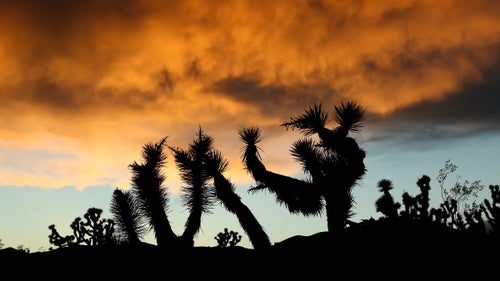
Today, the White House created three new national monuments in the California desert, adding nearly 1.8 million acres to one of the largest and most pristine swaths of protected land in the Lower 48. The new monuments—, , and —are more than the lifeless desert you might imagine. They’re biologically rich, providing important habitat for migrating birds and iconic species like desert bighorn sheep, mountain lions, and desert tortoise.
“Those pieces together create one of the world’s greatest desert preserves and, I would argue, one of the most beautiful,” says nature photographer David Lamfrom, director of the National Parks Conservation Association’s desert and wildlife program for California.
After Senator Dianne Feinstein’s proposed legislation to protect the lands stalled out in Congress, she asked President Obama last October to use his authority under the 1906 Antiquities Act to designate the three areas as national monuments. More than 3 million people visited the California desert last year; Lamfrom says he hopes the announcement will inspire more people to visit these lesser-known spots.
Photo: The smallest of the three new monuments, the Castle Mountains are at the eastern edge of the state, about 100 miles east of Las Vegas. Driving from Los Angeles, the quickest way in is to dip into Nevada and then cut back across the border. However you get there, you’ll find a landscape unlike any other in the state, Lamfrom says—a lush grassland, fed by summer monsoon rains. “It’s almost like a picture of Africa,” he says. “But instead of acacia you get Joshua trees.”

This is the eastern edge of the world’s biggest Joshua tree forest, Lamfrom says. The iconic yucca is mixed here with two other like species, the Mojave yucca, and the banana yucca, all of them unusually well-watered. “Thirty-foot Joshua trees, barrel cacti taller than a man,” he says. “This is a great place to change people’s perspective of what the desert is.”
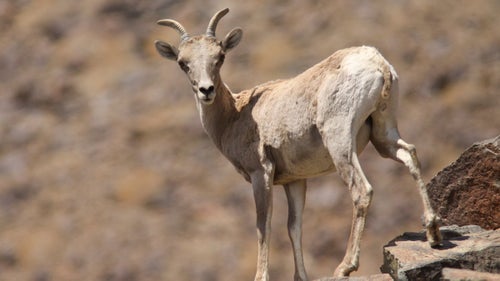
The Castle Mountains are also a great place to spot wildlife, says Dennis Schramm, former superintendent of Mojave National Preserve. “Bighorn sheep are regularly seen out there,” he says. Bighorn don’t jump fences, he says, making it critical to maintain barrier-free migration routes.
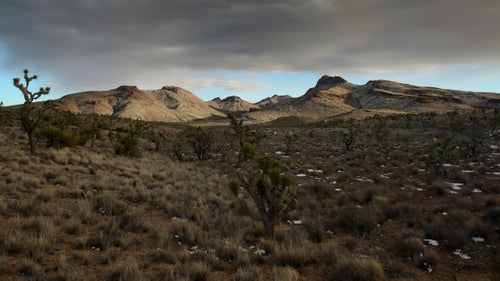
At around 6,000 feet, you might even get lucky and see some snow, Lamfrom says. Here, the last remnants of a winter snowstorm linger in the shadow of the Castles.
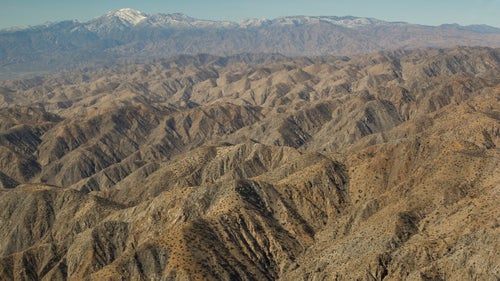
This amounts to some genius marketing, Dennis Schramm says: “People are gonna say, ‘What do you mean, snow? This is the desert!’” But lo—there it is, that white stuff you can see from down in Palm Springs. This monument, between Joshua Tree and the San Bernardino National Forest, climbs more than 10,000 feet from the valley floor (that’s “sand”) to the mountain peak (“snow”).
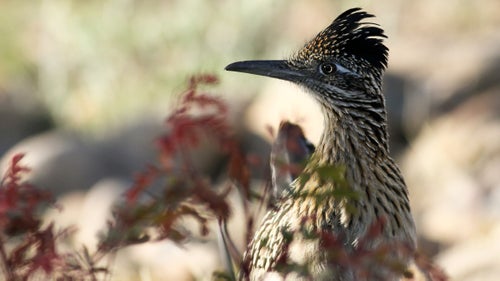
As with Castle Mountains, the idea of Sand to Snow is largely to preserve migration routes. The area world-famous among birders, and in the fall, Lamfrom says, visitors can see black bears and mountain lions that have come down from the peaks for water.
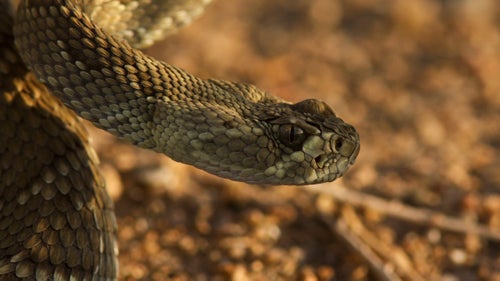
“Sand to Snow is pretty much one-hundred-percent wild,” says photographer Michael Gordon, a longtime explorer of California’s deserts.
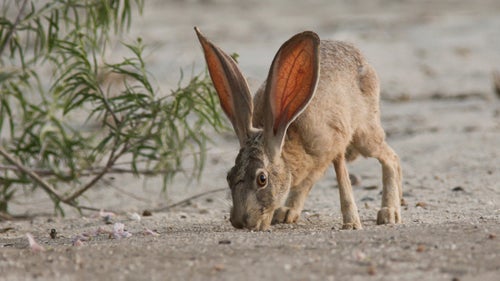
But wild doesn’t mean empty (as evidenced by this black tailed jackrabbit). The fight to get the three areas protected as monuments was largely in response to a number of proposals to use the Mojave as a center of what April Sall describes as “industrial-scale renewable energy.”
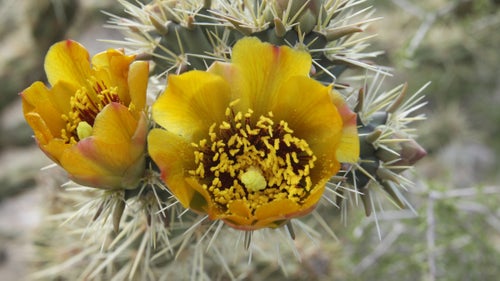
By far the biggest of the three new monuments, Mojave Trails fills the gap between Highway 40 and historic Route 66. It would’ve also been the one most likely affected by the development of wind farms and solar power generation. “That route is pretty much in the condition it was when people were making that trip back in the Steinbeck days,” Lamfrom says. “People can see the same vistas their grandparents saw.”
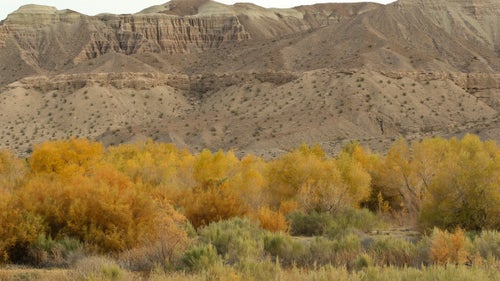
Afton Canyon, “the Grand Canyon of the Mojave,” as Lamfrom describes it, is only one of the remarkable geological forms in this vast wilderness, he says. You can also find sand dunes, and lava tubes, as well as remote desert springs.